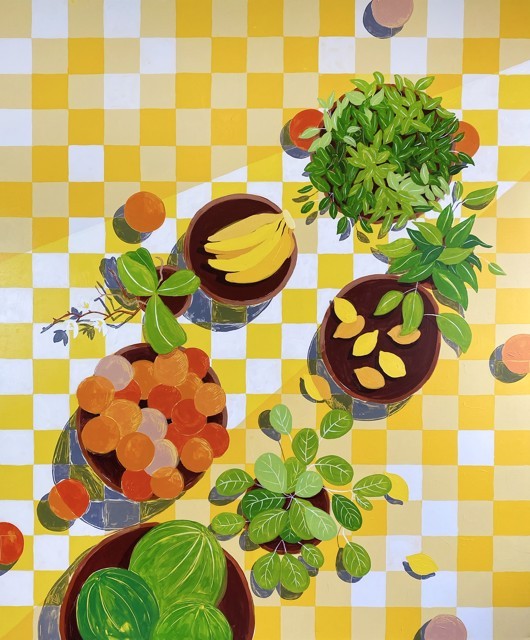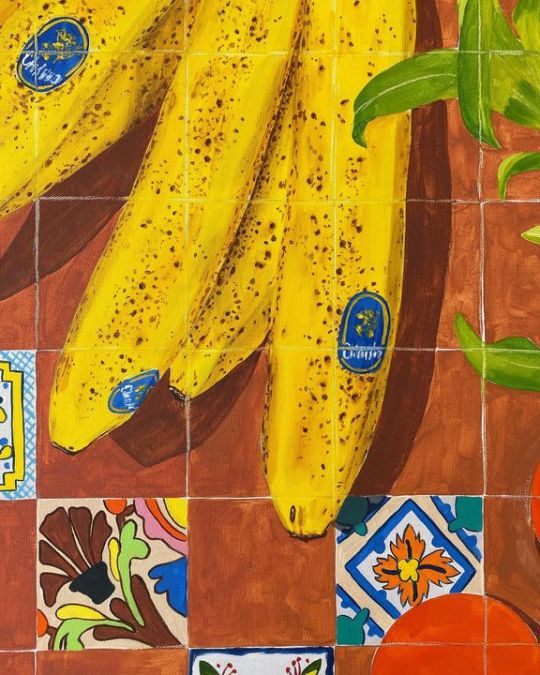Text
1 note
·
View note
Text
Dirt — Bill Buford
You learn the old stuff before you try the new stuff.
You learn the old stuff in order to do the new stuff.
The old stuff is not easy.
You are not yet good enough to be creative: Don’t even think about it or you’ll be punished.
A recipe is only an introduction. It is the beginning of your relationship with the dish.
0 notes
Quote
The only difference between the saint and the sinner is that every saint has a past, and every sinner has a future.
Oscar Wilde
0 notes
Photo





https://www.instagram.com/subwayhands/
19 notes
·
View notes
Link
I can’t.
It flummoxes me why this flummoxes a lot of people. I guess you could call it a double flummox, like some sort of gymnastics move. If I were to imagine such a move it would involve me, my paws taped to a swinging trapeze bar, cutting myself loose at the highest point of its swinging arc and flipping once, twice, end over end, before splashing down safely in a landing pool full of butterscotch pudding. As I lick myself clean, the sports announcers wait patiently to interview me about my successful gym-mazement. Even if it takes a while, they’ll wait. That’s part of the job.
I never did learn the alphabet. Now that I think about it I never learned the alphabet, the coloring books, the regular books, the pages of books, the numbers, the math, the calculators, the computers, the wall posters, the yard signs, the billboards, the graffiti writing, or the cursive. I never learned to type. My one attempt ended ignominiously when it became clear that my unwieldy paws were ill-equipped for the precision needed to accurately strike the desired letters in the proper sequence. The letters themselves were Greek to me, too. So even if I had the dexterity for typing I still wouldn’t have been able to produce a sentence. Needless to say my challenges were myriad!
I’ll stay here, in the grass. My life is beautiful. Illiteracy has never held me back from my goals. My goal is to eat all of the food in my bowl, down to the last kibble, and when that one last kibble is left, to lap it up with my tongue, flip it up into the air, and let it bonk me on the head. Then it falls to the ground and I eat it. It’s a gorgeous kind of acrobatic performance, I promise you. A work in progress—but one I believe I can achieve. Words play no part. What does play a part? Kibble, tongue. And soul.
Me, my soul. My rump in the grass.
0 notes
Quote
The ability of the spider to use as little as possible to suspend herself in air with a barely visible architecture of threads spun out of her body is a model for suspending ourselves above the planet in bubbles energized only by the sun.
Mark Wigely
0 notes
Text
Brain On Fire — Susannah Cahalan
All we know is that they occur when the brain perceives on outward snsation—vision, sound, or touch— but there is no corresponding external source; it is a failure to distinguish between what is external and what is internal, referred to as self-monitoring theory.
In the same vein, it is precisely because these hallucinations are self-generated that they are so believable and vividly remembered, explained psychology professor Dr. Philip Harvey. It’s called the generation effect: “Because those hallucinations were self-generated,” Dr. Harvey told me, “you were better able to remember them.”
Although people with schizophrenia exhibit cognitive and memory defects, they can remember just as well as healthy people if they are forced to structure the memory themselves. For example, those with schizophrenia best remember lists of worsts when they are asked to make a story out of the words rather than straightforward and unaided remembering.
Couple this with the fact that these head trips were intensely emotional and would therefore be tagged as important by the hippocampus and amygdala, both of which were affected by my disease. The amygdala, an almond-shaped structure situated atop the hippocampus, located at the sides of the head above the ears in the temporal lobes, is a structure intimately involved in emotion and memory, helping to choose which memories should be kept and which should be discarded, based on which events have traumatized or excited us. The hippocampus tags the memory with context (the hospital room and the purple lady, for example), and the amygdala provides the emotion (fear, excitement, and pain).
When the amygdala stamps the experience with high emotional value, it’s more likely to be preserved, a process called encoding, and evenutally made into a memory, called consolidation. The hippocampus and amygdala help encode and consolidate the experience, or make it into a memory that can be retrieved later. When any part of this elaborate system is compromised, the memory not be formed.
...”When people think about a past event, they can incorporate new information in their recollection, making a new memory,” explained psychologist Elizabeth Loftus. Dr. Loftus has spent a lifetime working on the assumption that memory is often inaccurate.
...
A team of New York-based neuroscientists in 2000 demonstrated this assumption in lab rats testing to see if memories are constantly altered each time we recall them. The team uncovered another step in the memory process, called reconsolidation: when a memory is recalled, it’s essentially remade, allowing new (and sometimes wrong) information to filter in. This is normally useful because we need to be able to update or past experiences to reflect present information, but it sometimes creates devious inaccuracies.
0 notes















